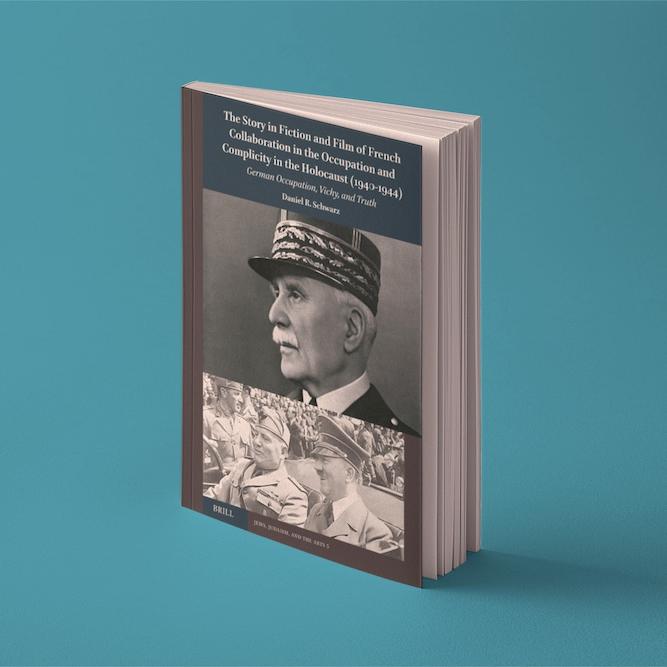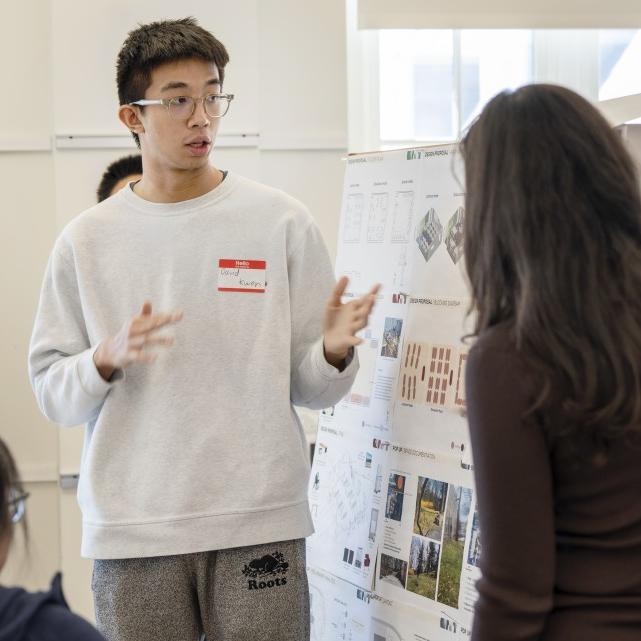
 Department Homepage
The College of Arts & Sciences
Department Homepage
The College of Arts & Sciences
Remembering the Triangle
About 2,000 people gathered in October in Greenwich Village for the Triangle Fire Memorial dedication. The 1911 workplace disaster became a catalyst for worker protections and a defining moment for the nation.




